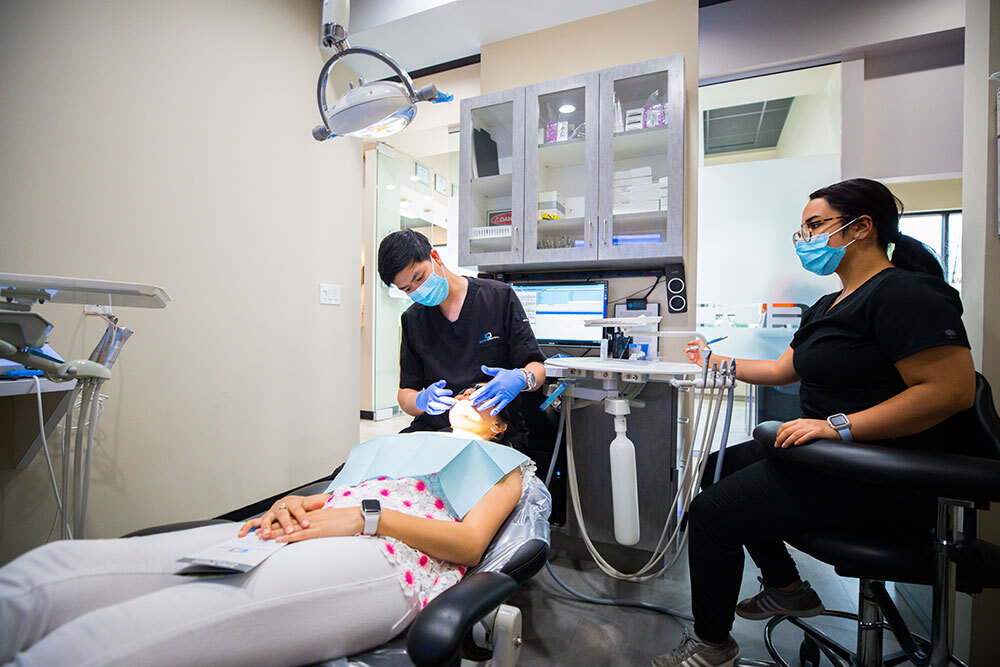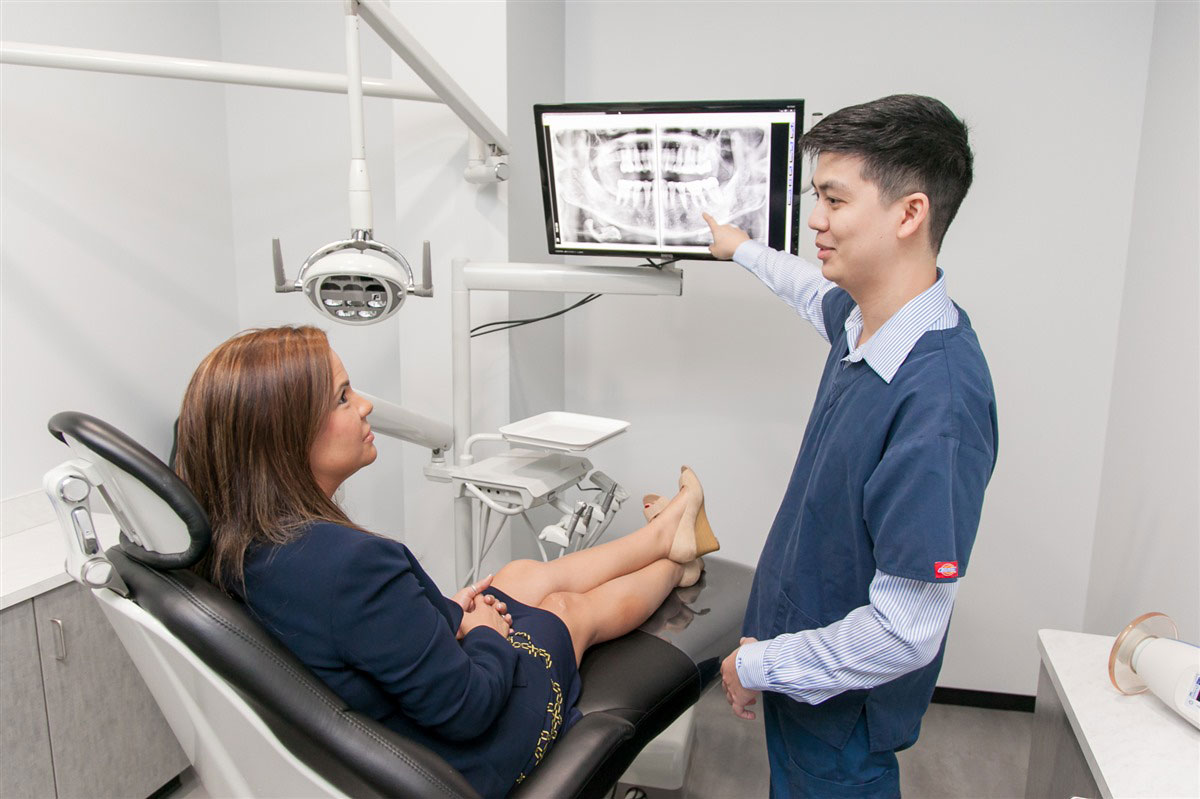What Is The Right Procedure For Sleep Apnea Treatment?
In modern times, people are so busy with their lives that they are unable to focus on their sleep. Sleep is the most important thing that people need to do in order to find peace and relax in the midst of the crowd. When you are experiencing pain in life or not feeling stable, then sleep apnea treatment can do wonders by offering you peace. In this article, you will be reading about how you can get the best sleep apnea treatment from a sleep dentist near me. So, to learn more about the same, continue reading.
Tests that you need to take for sleep apnea
Here are some of the major diagnostic things that you need to focus on for sleep apnea.
Nocturnal polysomnography: During the test, you will be connected to devices monitoring your activity in the heart, lungs, brain, breathing patterns, movements of the arms and legs, and blood oxygen levels while sleeping.
Home sleep tests: Your healthcare provider may give you simplified tests to use at home for diagnosing sleep apnea. Such tests usually measure your heart rate, blood oxygen level, airflow, and breathing patterns. However, if central sleep apnea is suspected, then polysomnography in a sleep testing facility will be recommended rather than a home sleep test by your health provider.

Top Therapies that Treat the Sleep Apnea
Continuous positive airway pressure: In case you have moderate to severe obstructive sleep apnea, you might benefit from using a machine that delivers air pressure via a mask worn while sleeping. With CPAP SEE-pap, air pressure is the snore treatment near me, which is relatively higher than that of the surrounding air and sufficient to keep the routes of your upper airway open, thus controlling apnea and snoring.
Airway pressure instruments: If using a CPAP machine continues to be a problem for you, you might be able to use a distinct type of airway pressure device that automatically modifies the pressure while sleeping. Units that supply bilevel-positive airway pressure are also available. These offer more tension when you inhale and less when you exhale.
Oral appliances: This involves wearing an oral appliance designed to keep your throat open. CPAP is more reliably useful than oral appliances, but oral appliances might be more comfortable to use. Some are prepared to open your throat by bringing your jaw forward, which at times reduces snoring and mild obstructive sleep apnea.
Are there any surgical options?
Tissue removal: In a procedure called uvulopalatopharyngoplasty, a surgeon removes tissue from the rear of your mouth and the top of the throat. Your tonsils and adenoids usually are removed as well.
Tissue shrinkage: The rear of the mouth and the back of the throat tissues can be shrunk using radiofrequency ablation, which is another option for a sleep apnea treatment in Houston. This treatment can be used for mild to moderate sleep apnea. A study found this to have effects like the reduction of tissue with fewer surgical risks.

Repositioning of the jaw: The jaw is moved forward from the rest of the facial bones so that more space exists behind the tongue and soft palate, decreasing the possibility of their collapse. The procedure is called maxillomandibular advancement.
Implants: After numbing the soft palate with a local anesthetic, soft rods, typically composed of polyester or plastic, are surgically inserted into the soft palate. More research is required to find out how effectively implants function.
Nerve stimulation: This involves surgery to insert a stimulator for the nerve that controls tongue movement (hypoglossal nerve). The high stimulation helps keep the tongue in a position that holds the airway open. You can also ask about full mouth restoration near me if you are not satisfied with your smile.
Major Takeaway
By undergoing any of these processes, you can treat it under the observation of sleep apnea experts. But by making a few lifestyle changes, you can also make things better for your sleep apnea treatment.
Comments
Post a Comment